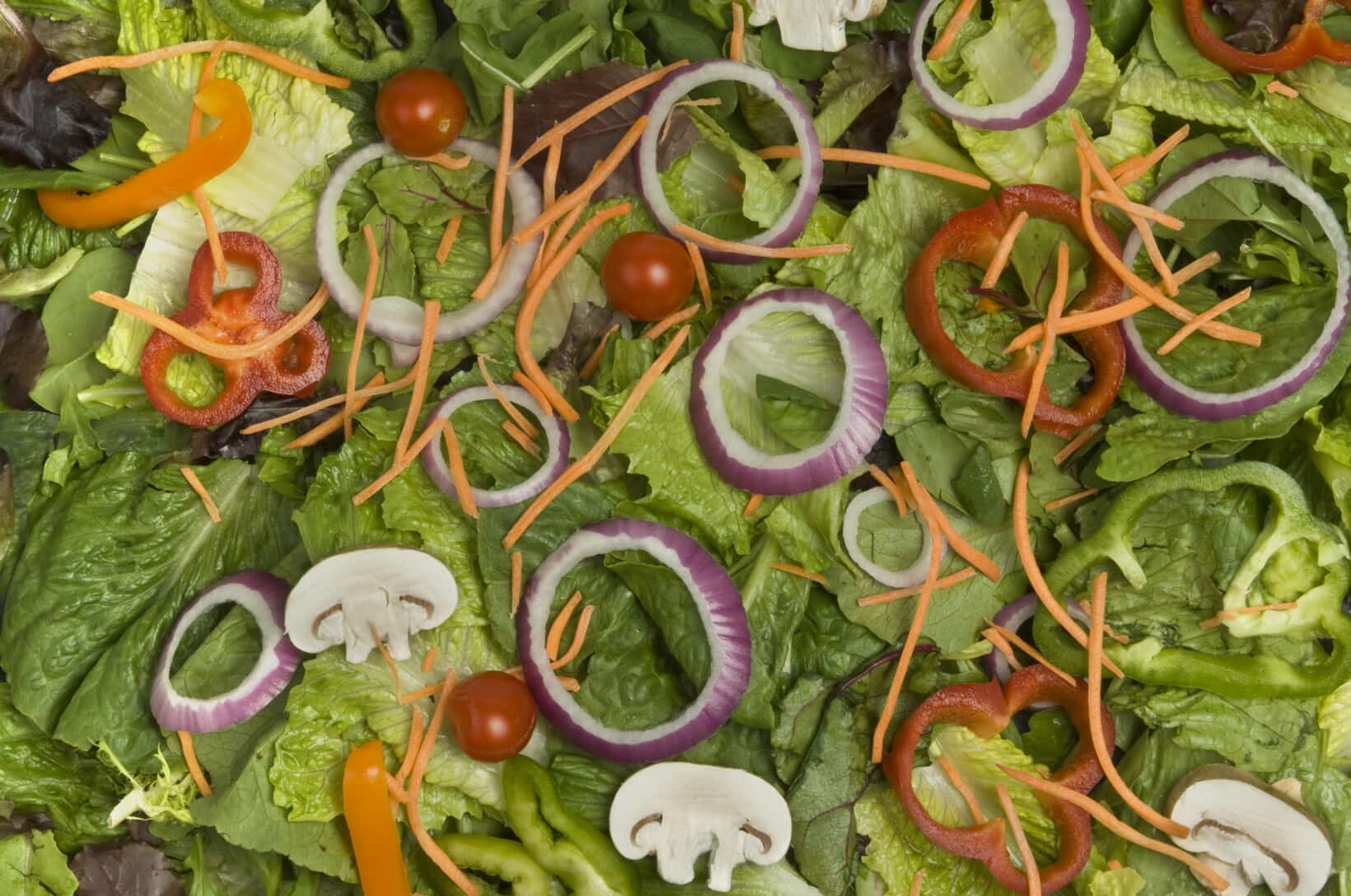 Many of us have been told to “eat your vegetables” since childhood. Most of the time, mom or dad were referring to broccoli, carrots or similar vegetables that accompanied your home cooked meals. Lately however, we’ve been seeing a rise in popularity of leafy greens, such as kale, collard greens, chard and spinach. To some, these greens are nothing more than another form of lettuce but in reality, they are so much more.
Many of us have been told to “eat your vegetables” since childhood. Most of the time, mom or dad were referring to broccoli, carrots or similar vegetables that accompanied your home cooked meals. Lately however, we’ve been seeing a rise in popularity of leafy greens, such as kale, collard greens, chard and spinach. To some, these greens are nothing more than another form of lettuce but in reality, they are so much more.The USDA’s MyPlate recommends adults and children over nine-years-old consume one and a half to two cups of dark green vegetables per week. These greens are not only low in calories but are high in vitamins and minerals including vitamins A, C and K, antioxidants, fiber, folate, magnesium, calcium, iron and potassium. These nutrients promote better vision and support immune function.
Kale
Kale has become a major food trend in recent years. It’s versatile enough for salads, soups, smoothies and even as a healthy snack, kale chips! Though bitter, it pairs well with sweet foods like dried fruit, apple or roasted carrots.
Chard
Chard is a good source of iron as well as dietary fiber. It is known to have a positive influence on blood sugar regulation.
Spinach
Spinach is loaded with vitamins A and K and iron, among other nutrients. It makes a good base for a nutritious salad, or a delicious sautéed side to any meal. Buying frozen spinach ensures that you’ll get the highest nutrient intake this leafy green can offer.
Collard Greens
These come from the same species as broccoli and cabbage do, making them a source of many important vitamins and minerals. These are extremely low in calories and less expensive than their fellow cruciferous vegetables. They are one of the top greens richest in antioxidants.
*Courtesy of Eatright.org